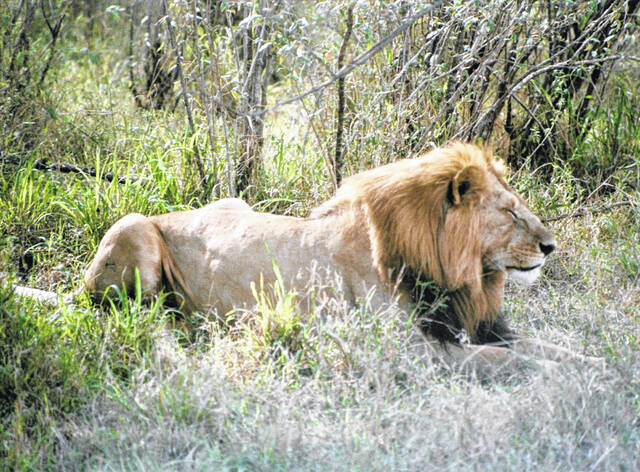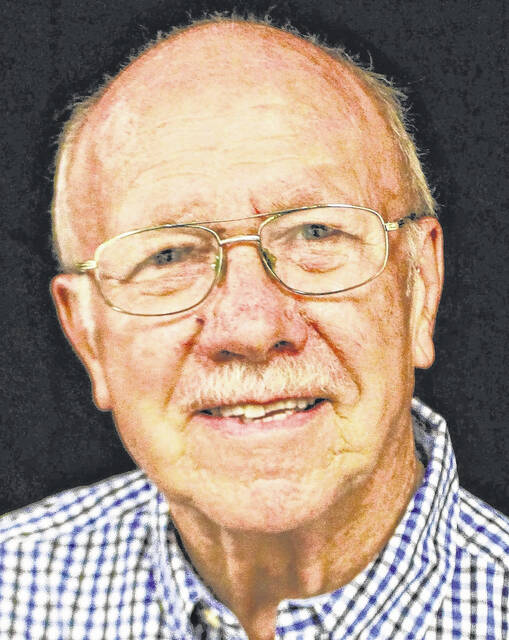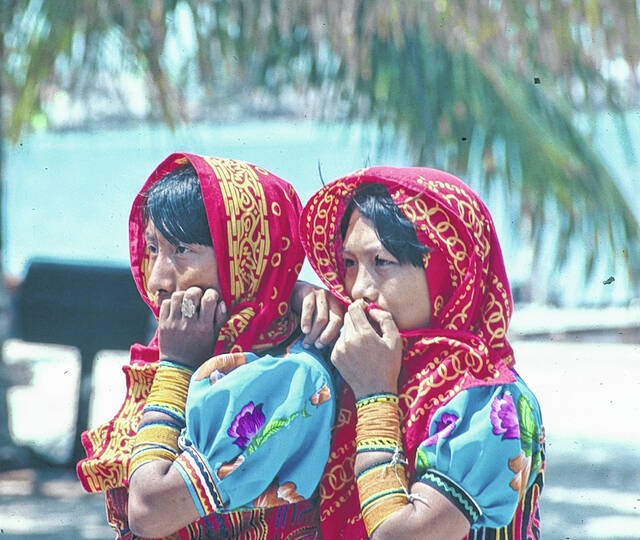


The locations where one has slept during their lifetime may serve as an important reminder of events that might not be available any other way.
For me, one of the first and most memorable locations would have to be in the back seat with my sister returning home from a day’s visit to the Van Courtland Park, possibly on the Sawmill Parkway. (Some of this is faint in my memory, so don’t hold me to the details – I would have been four or five years old at the time).
The park is over a thousand acres and located in the Bronx, a burrow of New York City.
Connections to Wilmington, Ohio? It is the setting for several Nero Wolfe detective stories written by Rex Stout, who had close connections here.
With reference to sleeping, I can remember quite clearly being half awake and half asleep in the backseat of our Buick late at night, listening to the radio programs “I Love a Mystery,” “Fibber McGee & Molly,” or maybe “Jack Benny,” “The Life of Riley,” “The Lone Ranger”, ad infinitum… That era is known as the Golden Age of Radio.
Fast forward, sleeping on the troop ship USNS Upshur to and from Germany in the mid ’50s I remember the three levels of cots – the bottom one very close to the floor and the top one near the ceiling and the other one halfway between. I don’t remember which one I occupied, but on the way back to the U.S. there was a terrific storm, but the cots were secure and helped one sleep.
The most memorable event on that trip was the terrible odor in the stairwells where fellow soldiers were sick at their stomachs due to the storm – a “35-degree roll” according to my retired Coast Guard cousin.
On that return trip we also came across some floating remains of the Italian ship Andrea Doria. In dense fog the Italian ship was rammed by the Swedish ship Stockholm – 46 people died.
On the border between Honduras and Guatemala near the magnificent Maya Ruins of Copan, I was visiting with my traveling friend from Wittenberg and my oldest son. In the only pension available, we slept in the cheapest and dirtiest pension I have ever occupied!
I imagine the cost would have been about a dollar a night and if so, it was overpriced! It was located in a most picturesque village, but left much to be desired.
Before the resorts were developed on the Yucatan Peninsula of Mexican, there was a lone light house near the remains of a minor archaeological site right on the coast. With two friends we rented hammocks in the building for the night. Price — one American dollar!
Unfortunately, my hammock had a large hole in it, which made it quite uncomfortable. One of my friends who was larger than me offered to trade hammocks, which was quite a relief – thanks Mike!
On another trip, this time to the Kuna Islands off the coast of Panama on the Atlantic Ocean, my friend and I rented a cabaña on one of the small islands for two weeks – very cheap, but I can’t remember how much. In this thatched one-room location we had regular beds.
My bed, however, was made of foam and had a hole all the way through the mattress about the size of a cantaloupe. Thinking there were no options, I simply slept around the hole. I endured it, and since the breeze through the palm trees and the absolutely beautiful tropic weather, plus the trips to other islands, were included in the price, I felt justified.
I have talked about this trip in other articles, but to reiterate – there are some 350 islands and the Kuna people themselves are essentially self-governing. Reportedly, there are some 300,000 of these people, but only 50,000 living on the islands. They live by fishing, selling coconuts to passing ships that in return sell goods to island residents, and farming on the main land of Panama.
They are an unusually advantaged group of native people who even own land on the mainland which is being turned into an eco-tourism business. This provides them with an option that few indigenous people enjoy.
As their islands are consumed by the rising level of the ocean due to global warming, they can and are moving to the mainland, but like most native people, they are confronted by other issues.
A last recollection was in Kenya in East Africa with a small group of college students. For an overnight trip during this two week visit we visited the Masaai Mara Wildlife Reserve in the midst of the Maasai people. This location is the center of the wildebeest migration which we did not get to see, but we had plenty of exposure to what seemed like innumerable animals.
Sleeping in a gigantic tent surrounded by the sounds of the jungle is an incomparable experience.
To amplify my experience, I took and read a copy of Ernest Hemingway’s book on hunting in Africa – “Green Hills of Africa.”
I must admit that by selecting the idea of stories concerning the topic of sleeping enabled me to recall events that otherwise would have remained moribund. I hope the readers find the stories interesting.
Neil Snarr is Professor Emeritus at Wilmington College.




